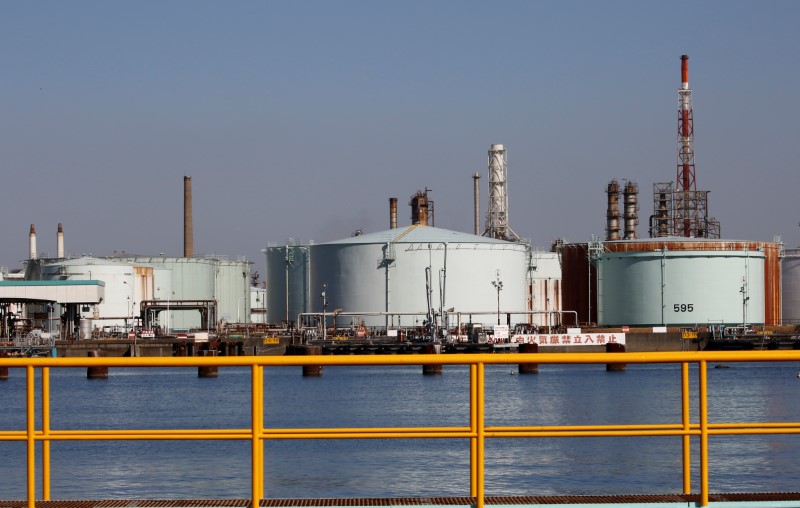
Investing.com– Oil prices fell Tuesday on concerns high U.S. interest rates will eat into demand this year, amid continued uncertainty in the Middle East.
At 08:15 ET (12:15 GMT), fell 1.8% to $82.17 a barrel, while fell 1.9% to $77.77 a barrel.
US rate fears cloud demand outlook
Fears of high-for-longer U.S. rates were a key point of pressure for crude markets, after a string of Fed officials warned of such a scenario amid sticky inflation.
Vice Chair Philip Jefferson said on Monday that it was too early to tell if the slowdown is “long lasting,” and Vice Chair Michael Barr noted that restrictive policy needs more time, dulling hopes for early cuts.
There are more Fed speakers to digest Tuesday, including Barr once more, as well as FOMC members Thomas Barkin, John Williams and Raphael Bostic, ahead of the release of the of the Fed’s late-April meeting on Wednesday.
High rates are expected to dull activity in the largest economy in the world, likely hitting crude demand, while also limiting money for investment and economic growth, which usually support oil demand.
The International Energy Agency last week trimmed its outlook for crude demand this year, citing concerns over weaker economic conditions due to pressure from interest rates.
On the flip side, the Organization of Petroleum Exporting Countries maintained its demand forecast, citing strength in top exporter China.
China has been a point of confidence for oil demand, especially as Beijing rolled out a string of stimulus measures in recent weeks to support growth.
Political uncertainty in Middle East
Iranian President Ebrahim Raisi, who was seen as a successor to Supreme Leader Ayatollah Ali Khamenei, was killed in a helicopter crash over the weekend, while there are concerns over the health of Saudi King Salman bin Abdulaziz after Crown Prince Mohammed Bin Salman deferred a trip to Japan.
While these events have not had an impact on supplies yet, they have created a degree of political uncertainty in two major oil-producing countries.
OPEC meeting awaited for more cues
Oil markets were also awaiting an in June, where the cartel, along with its allies including Russia, will discuss output policy, including whether to extend the voluntary supply cuts of 2.2 million barrels per day from mainly Saudi Arabia.
The group, known as OPEC+, could well extend some voluntary cuts past their initial June-end deadline if demand fails to pick up.
“As the market waits for clarity from OPEC+ on its output policy for the second half of the year, there are some signs of weakness in the market,” said analysts at ING, in a note.
“Refinery margins have been trending lower for some time, raising the prospect of cuts in refinery runs, particularly in Asia. In addition, the physical crude market is also weaker.”
(Ambar Warrick contributed to this article.)

